Many people have heard the name “kenchin soup” and have eaten it at school lunch when they were children. It’s a familiar soup, but what kind of soup is called kenchin soup? In this article, we will explain about kenchin soup. Let’s take a look at the ingredients used and how they differ from other soups.
We will also introduce popular recipes for kenchin soup, so if you have a chance, how about trying making it at home following our recipes?
What is Kenchinjiru?
Kenchinjiru, or simply “kenchin,” is a soup dish in Japan. Since this is a healthy soup dish, it has become a common school lunch for children.
The dish does not contain any meat at all. In fact, it can be a vegetarian soup. It’s also famous for having a clear yet tasty soup. Nowadays, it’s one of the favorite Japanese household meals.
Origin of Kenchinjiru
There are two theories about the origin of Kenchinjiru. Like many other dishes in Japan, there’s no definite answer to which is the correct theory.
Kenchin
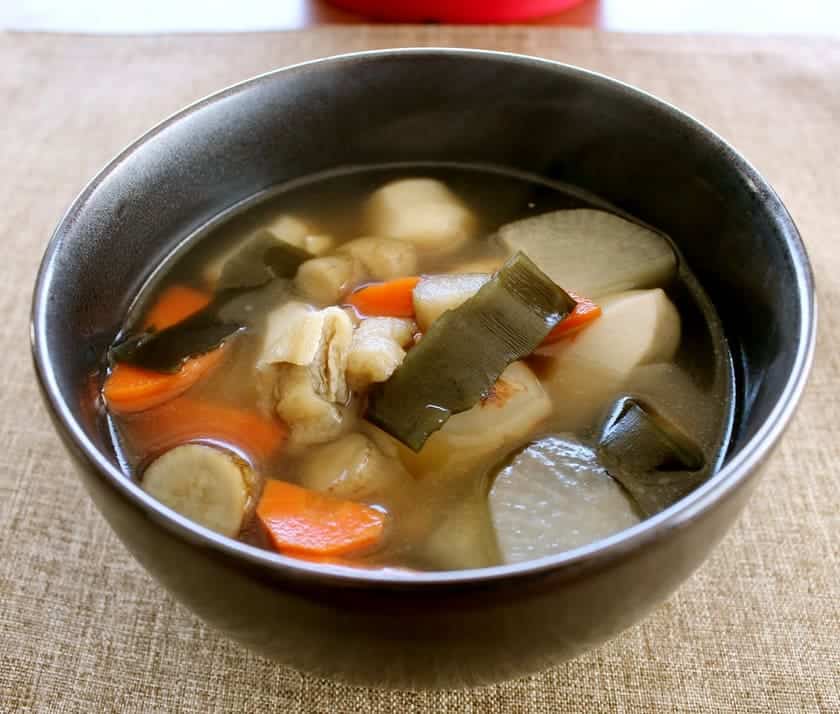
To begin with, this theory is about a vegetarian dish, namely “Kenchin”. This dish comes from China. Later on, people started to bring this to Japan during Edo Period.
Back then, there was a popular vegetable dish. People would wrap bean sprouts, tofu, and vegetables in yuba. Then, they would fry these rolls in sesame oil. Next, they would season it with just salt (shio) and soy sauce (shoyu). Finally, people would toss these rolls in a soup. The name of the dish is “Kenchin”,
Kenchoji
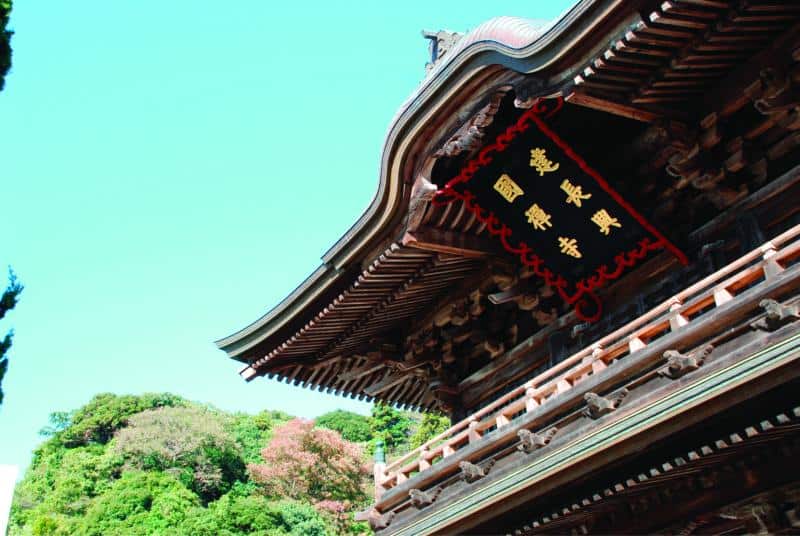
According to some references, a monk in Kenchiji Temple accidentally created the dish. He was cooking a vegetarian soup when he unintentionally dropped the tofu. After that, he crushed the tofu, even more, to taste better. Since it happened in the temple, he named the dish after it.
Despite the two theories, more people believe that the Kenchin Theory is more reliable. As a matter of fact, this theory is the standard reference in history books.
How to Make Kenchinjiru?
Before we start talking about the process of cooking Kenchinjiru, let’s talk about the ingredients first.
Kenchinjiru Recipe
As we stated above, this soup contains vegetables only. You will not see any meat in this recipe. Thus, many locals dub this dish “vegetarian soup”.
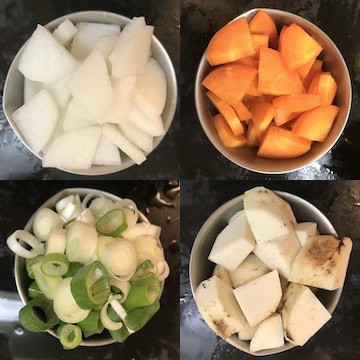
| Ingredients good for one person (1 person) | |
| carrot | 20 grams |
| taro | 20 grams |
| radish | 20 grams |
| burdock | 10 grams |
| konjac | 10 grams |
| shiitake mushrooms (raw) | 5 grams |
| leeks | 5 grams |
| tofu | 20 grams |
| salt | 1 gram |
| soy sauce | a little |
| sake | a little |
| sesame oil | 1/2 tsp. |
Preparation
Cooking Kenchinjiru is easy and fast! What’s even better is that the ingredients are almost always available at home.
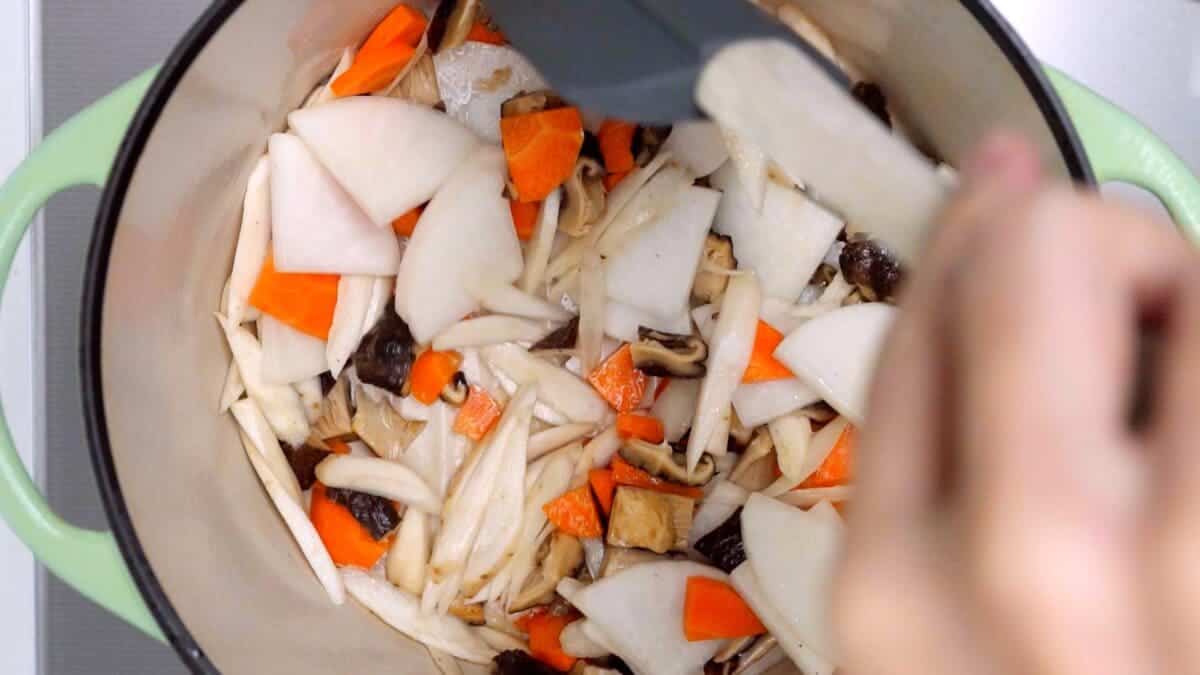
In order to make tofu firmer, make sure to drain all the excess water. Leave it for thirty minutes (30 minutes) or so.
Secondly, cut the vegetable into thin slices. This includes radish, taro, and carrots.
Then, chop the shiitake mushrooms and tofu into bite-size pieces
Fourthly, heat a cooking pan and pour sesame oil. Let the aroma of the oil sit before adding the other ingredients.
After that, toss all the dry ingredients and fry them. Cook in high heat.
Then, break the tofu into small pieces and add salt.
Finally, add all the wet ingredients and let it boil until the Kenchinjiru is ready to serve.
Is Kenchinjiru healthy?
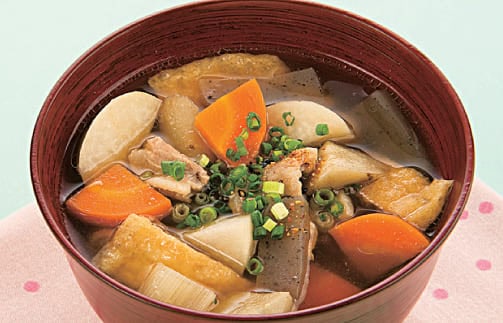
Without a doubt, Kenchinjiru is extremely healthy. Given that the ingredients are all vegetables, it contains different vitamins that our body needs. Although it doesn’t have meat on it, Kenchinjiru still contains protein.
Tofu
Undeniably, tofu is the star of the dish. Tofu is indeed a healthier alternative to animal meat. In fact, many vegan advocates would use tofu in replacement of meat in many dishes.
Although tofu may taste bland, it’s a good source of nutrients such as protein and calcium. In addition to that, a 100-gram serving of tofu contains 70 calories only.
Carrot and Taro
Carrot and taro are both rich in fiber. Therefore, these ingredients are beneficial to those who have certain medical conditions. Fiber helps maintain bowel movement and control blood sugar levels.
Furthermore, carrot and taro contain a considerable amount of protein too.
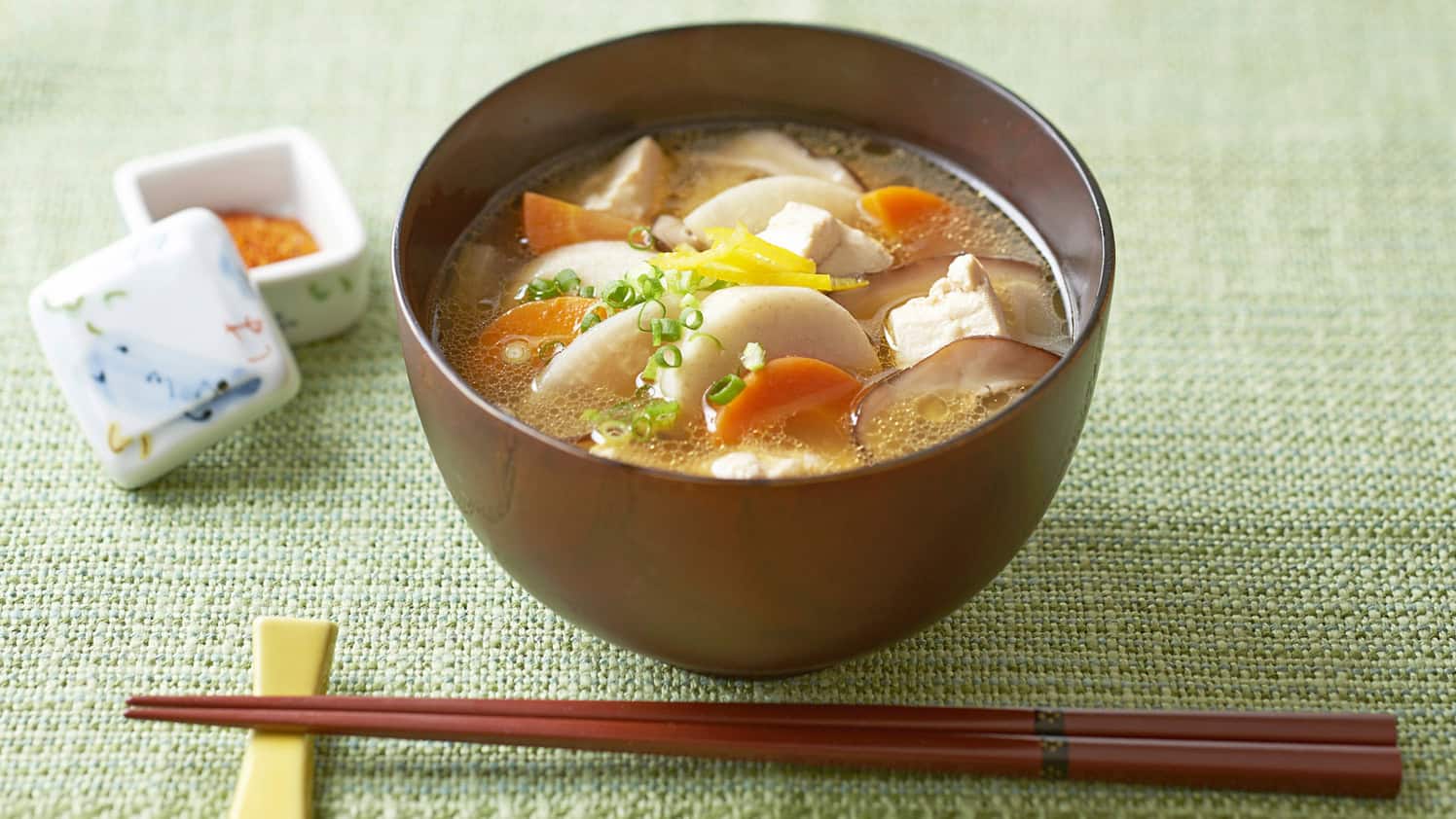
Shiitake Mushrooms
It’s no surprise that shiitake mushrooms are healthy! Like tofu, shiitake mushrooms are also a favorite alternative for vegans. As a matter of fact, there are pseudo meat products that come from tofu.
In addition, shiitake mushrooms contain protein and are rich in fiber too. But that’s not all! The best thing about it is that it doesn’t have cholesterol at all.
Sesame Oil
While there are “bad oils”, there are also good ones! Sesame oil is in fact, good for your heart. It is high in antioxidants. Furthermore, it can help reduce the risk of developing chronic diseases.
Thus, sesame oil is one of the vegetable oils that are good for one’s health.
Where to eat Kenchinjiru?
With all this info, you may want to know where you can enjoy this healthy vegetable dish. Hence, we have listed a few places wherein you can have a taste of this soup dish in Japan.
Shichifuku Shinano
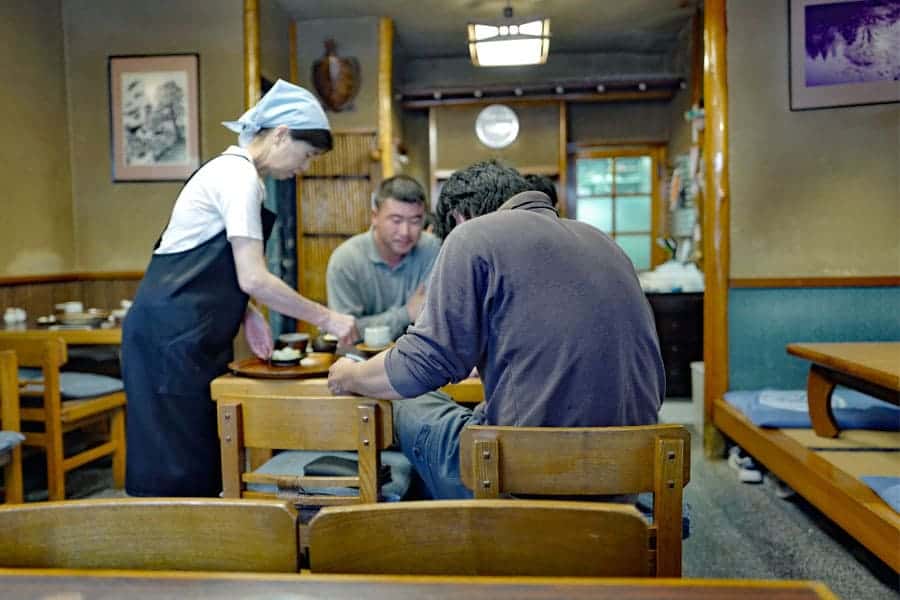
Not only that Shichifuku Shinano serves delicious Kenchinjiru, but they also boast a folk art restaurant ambiance. This restaurant is so famous that it already has six (6) stores in Tokyo alone.
Although this shop is originally famous for its thick soba noodles, their version of Kenchinjiru is also exceptional.
Tenshin-an
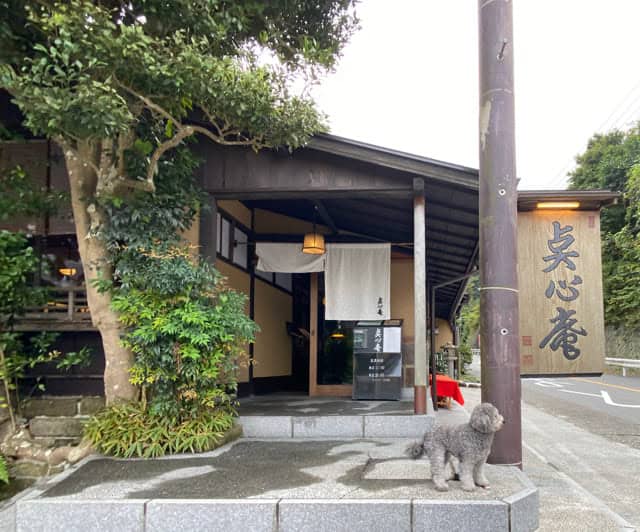
Tenshin-an is located just in front of Kenchoji Temple. Therefore, many temple visitors go to this restaurant to eat lunch. Apart from their signature Kenchinjiru, the shop is also popular for its Zen meditation room.
Their version of this healthy vegetable soup in Japan is simple and straightforward. However, having a bowl of Kenchinjiru while experiencing Zen culture is what makes the experience special.
Meanwhile, getting to Tenshin-an is easier by bus. Take the bus bound to Kenchoji – Ofuna Station and get off at Kenchoji.
Chaya Usaburo
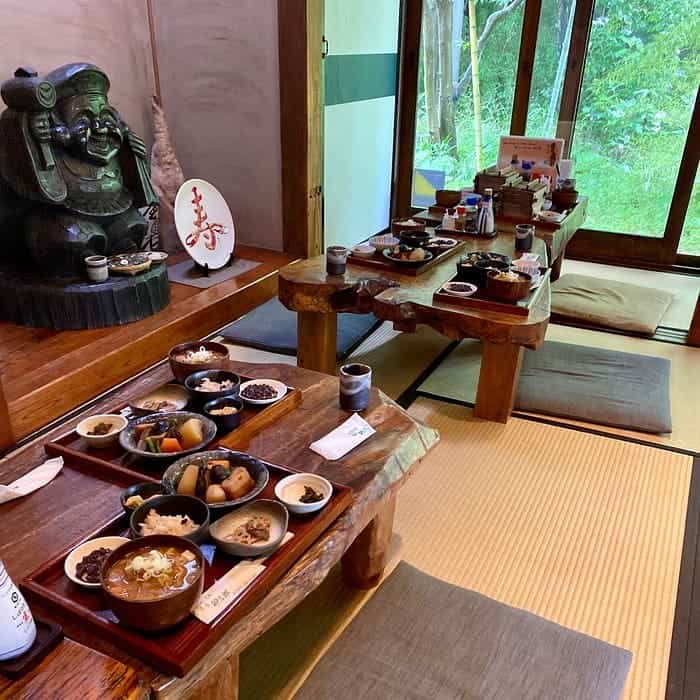
Chaya Usaburo is so popular that people line up even before the restaurant opens. The shop looks like a classic grandmother house wherein you can eat hot homecooked meals. It feels nostalgic, especially to first-time visitors.
The restaurant serves Kenchinjiru with elegant taste and generous serving. The overall vibe of the restaurant feels like home to many.
Conclusion
Kenchinjiru is a classic vegetable soup dish in Japan that brings nostalgia not just to locals, but to travelers as well. It’s vegan-friendly and a great source of nutrients.
Just like ramen and soumen, this dish is a must-try when visiting Japan.
Are you excited to try Kenchinjiru? Let us know in the comment section below. Don’t forget to share this one too!
FAQ
- What is kenchin-jiru?
A hearty Japanese vegetable-and-tofu soup. It likely originated in Zen temples (some say Kenchō-ji in Kamakura) and is a simple, healthy home-cooked dish.
- What are the main ingredients?
Firm tofu (momen), daikon radish, carrot, taro or potatoes, burdock (gobo), konnyaku (konjac), green onion, shiitake, and other root vegetables. Dashi (kombu or katsuobushi) is often used.
- How is it seasoned?
Usually soy-sauce based, though some households or regions finish with miso. A good dashi adds depth.
- Can it be made vegetarian/vegan?
Yes. Use kombu or shiitake stock instead of bonito (katsuobushi) to make it vegan.
- Tips for making it tastier?
Lightly pan-fry crumbled tofu first for better texture and flavor. Sauté root vegetables briefly before simmering to bring out their sweetness.
- When is it best to eat?
Great for cold weather—warming for winter dinners or as part of a ryokan/inn breakfast.
- How should I store and reheat it?
Keep refrigerated for 2–3 days. Freezing is possible but konnyaku and tofu textures may change. Reheat gently over low heat.
- What does it pair well with?
Steamed rice, pickles, and grilled fish make a classic set meal.
- How many calories is it?
Depends on ingredients and oil used, but roughly 150–300 kcal per serving is common.
- Any allergy concerns?
Tofu contains soy. Soy sauce may contain wheat (gluten), so check labels or use alternatives if needed.
- Simple variations?
Add more mushrooms, finish with miso, include chicken (non-vegetarian), or top with yuzu peel or green onions for aroma.
- Rough portion guide for home cooking?
Typical 4-person batch uses one block of tofu plus moderate amounts of daikon, carrot, burdock, etc., adjusted to taste.
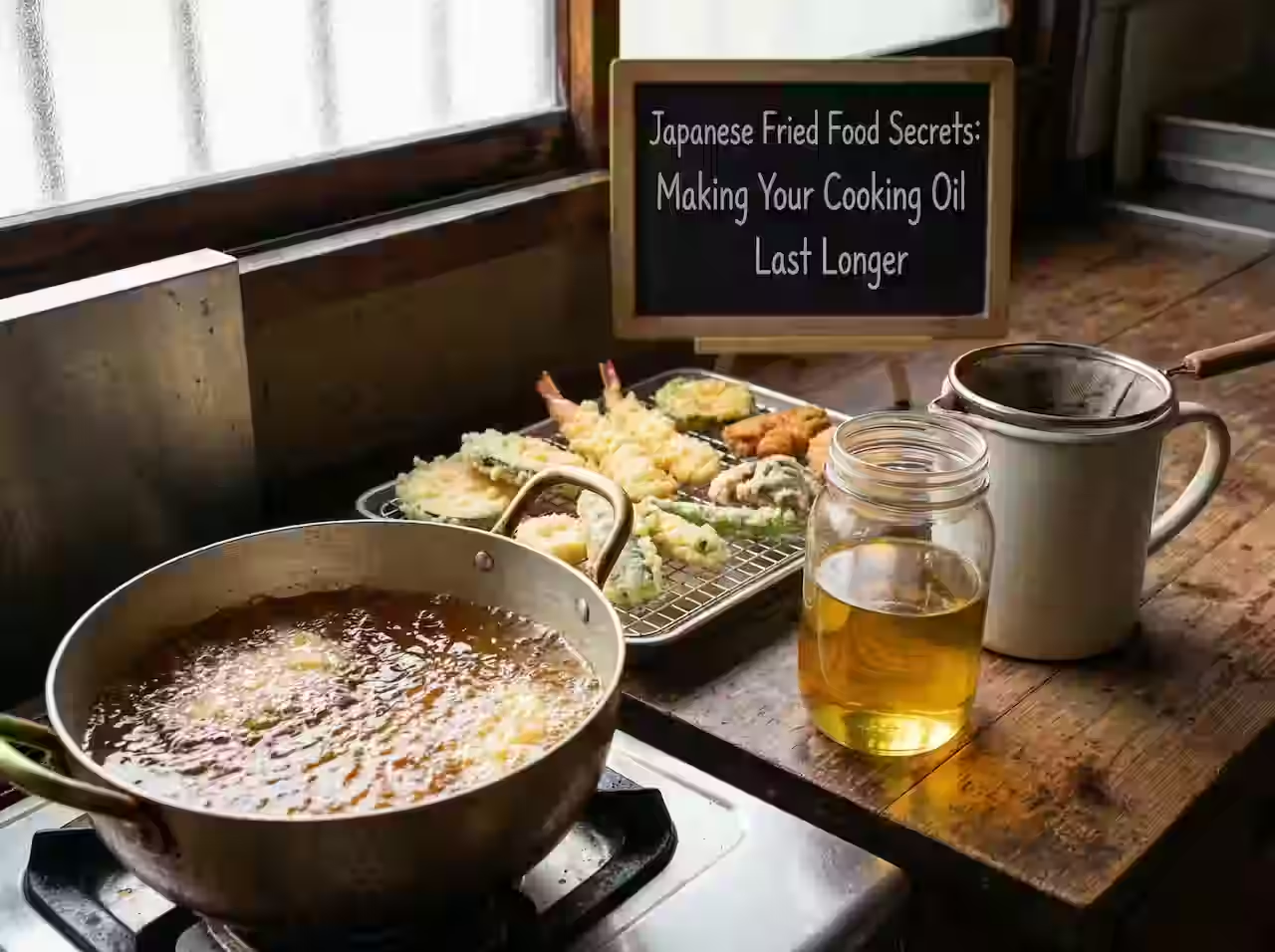
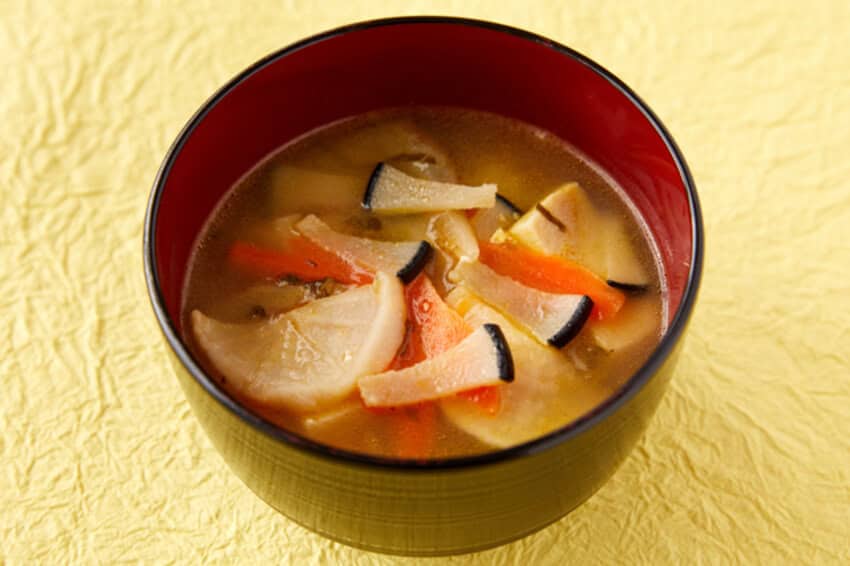
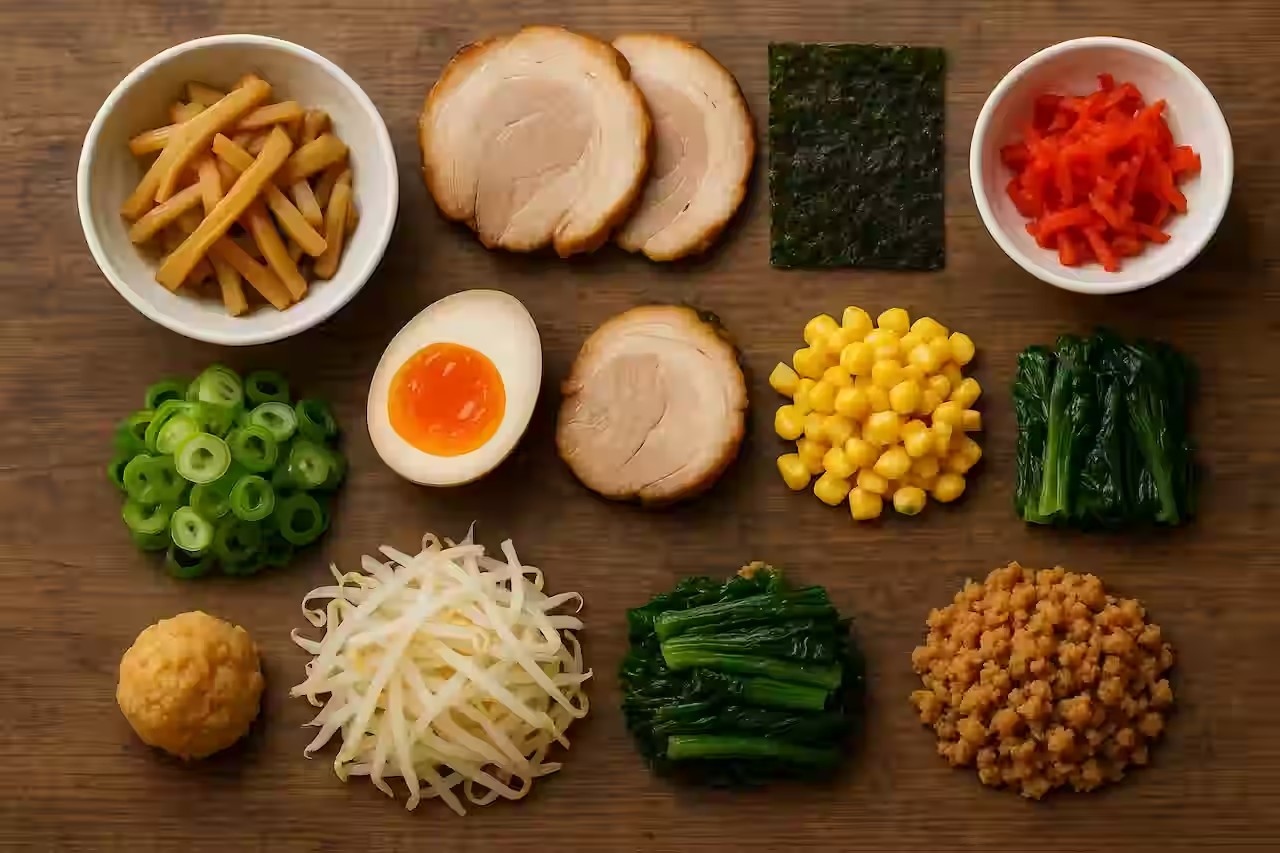
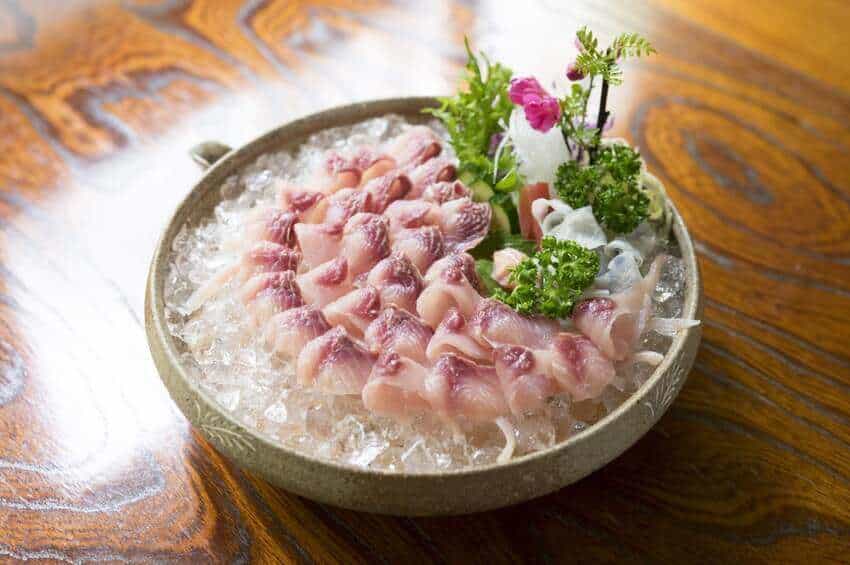
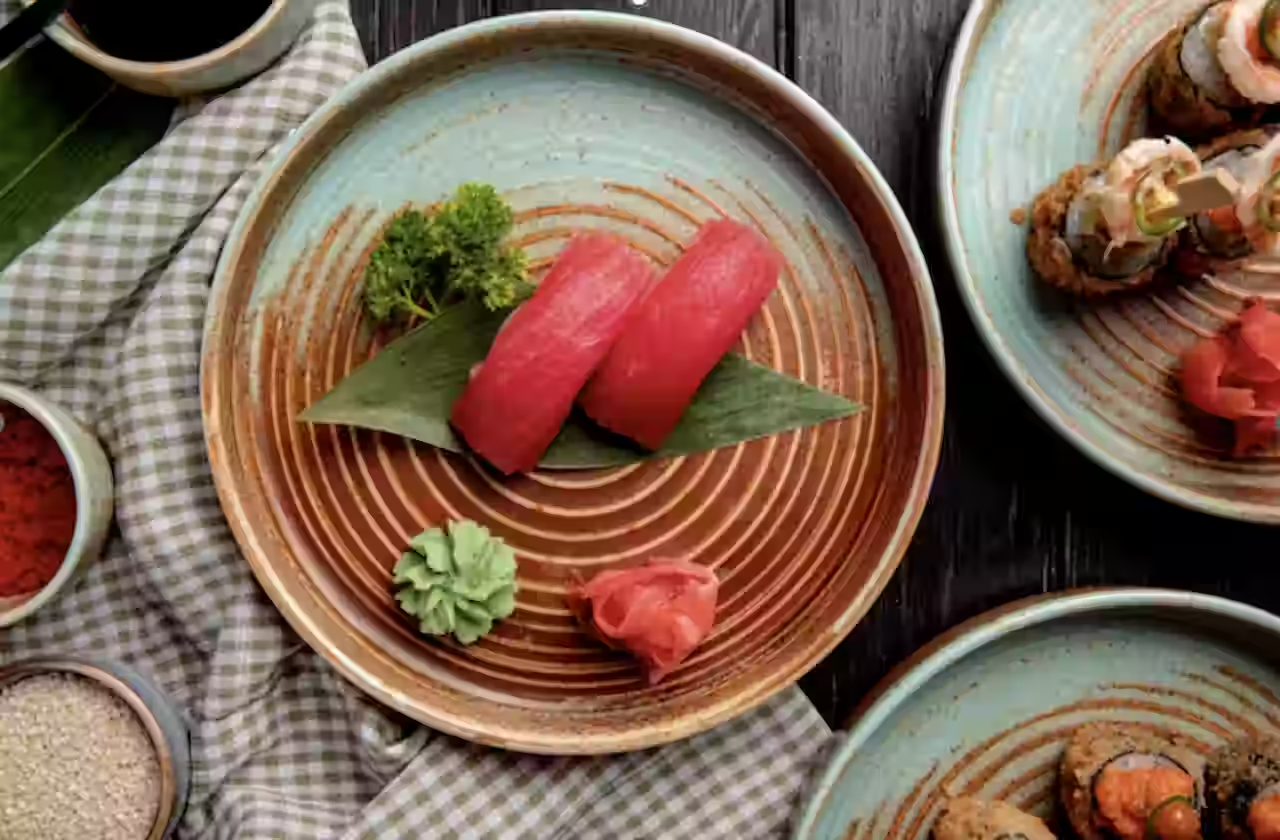

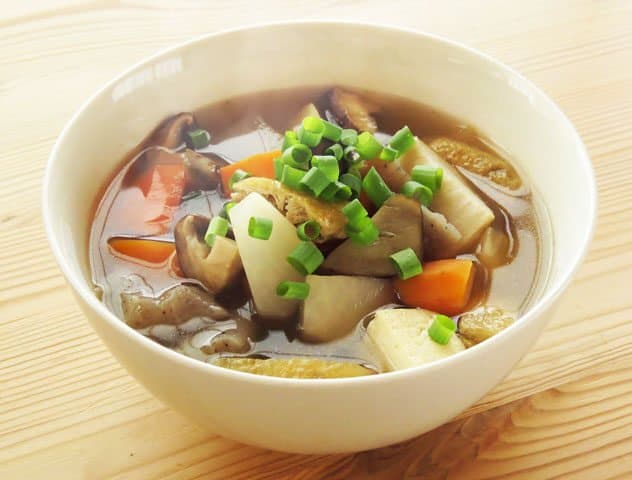
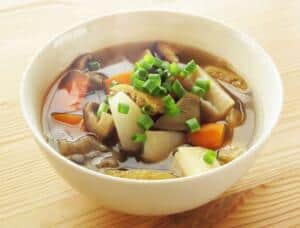
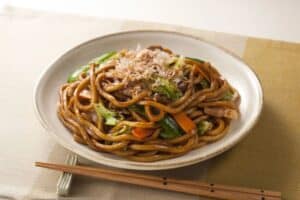
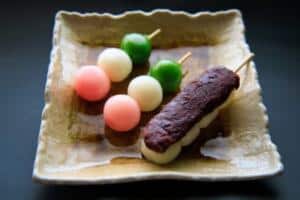
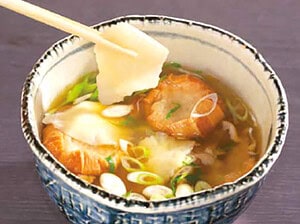
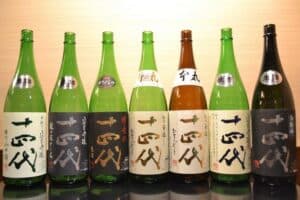
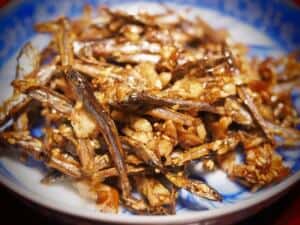
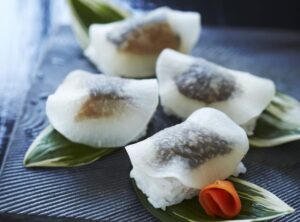
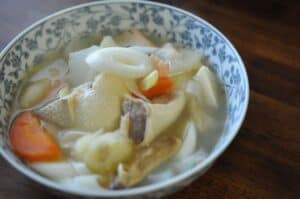
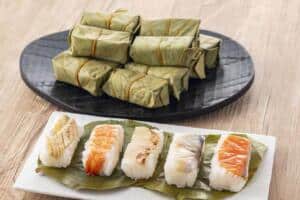
Comments